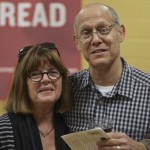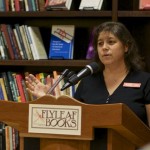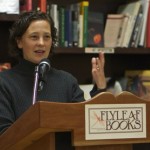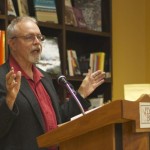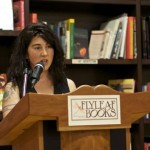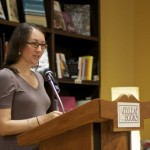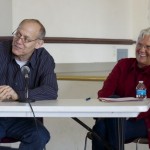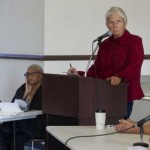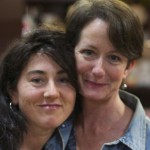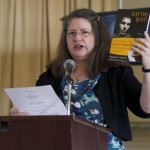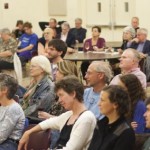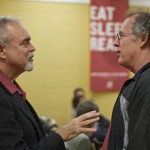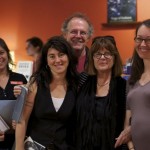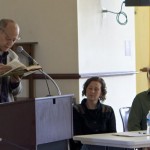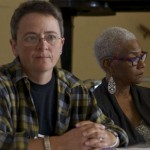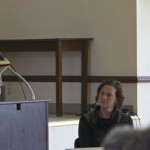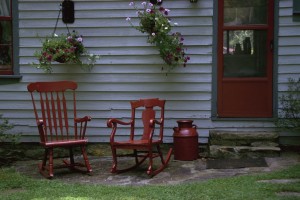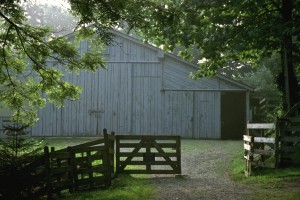 I grew up in a log cabin that my father built, and my grandmother lived in a little house halfway down the long gravel road between my cabin and the county road. Every day after school the bus would drop me off and I would stop at my grandmother’s house and say “I’m starving.” She would feed me a fried apple pie or some other treat she’d made, and I would find out what she was making for dinner. Then I would go home and say to my mother, “I’m starving,” and see what I could get from her. Whoever had the best dinner plan was where I would make my evening’s reservations.
I grew up in a log cabin that my father built, and my grandmother lived in a little house halfway down the long gravel road between my cabin and the county road. Every day after school the bus would drop me off and I would stop at my grandmother’s house and say “I’m starving.” She would feed me a fried apple pie or some other treat she’d made, and I would find out what she was making for dinner. Then I would go home and say to my mother, “I’m starving,” and see what I could get from her. Whoever had the best dinner plan was where I would make my evening’s reservations.
I’ve just published two poems in Prairie Wolf Press Review about that time. It was glorious. Tell me what you think.
There was a hog farm just down the road from us that was glorious in a different way. I suppose one makes one’s fun with what is at hand. The Gospel Chicken House is a real place.
I’m curious what others remember from those days. Did you have one of those elastic book bands? I’m sure they must be forbidden now.

